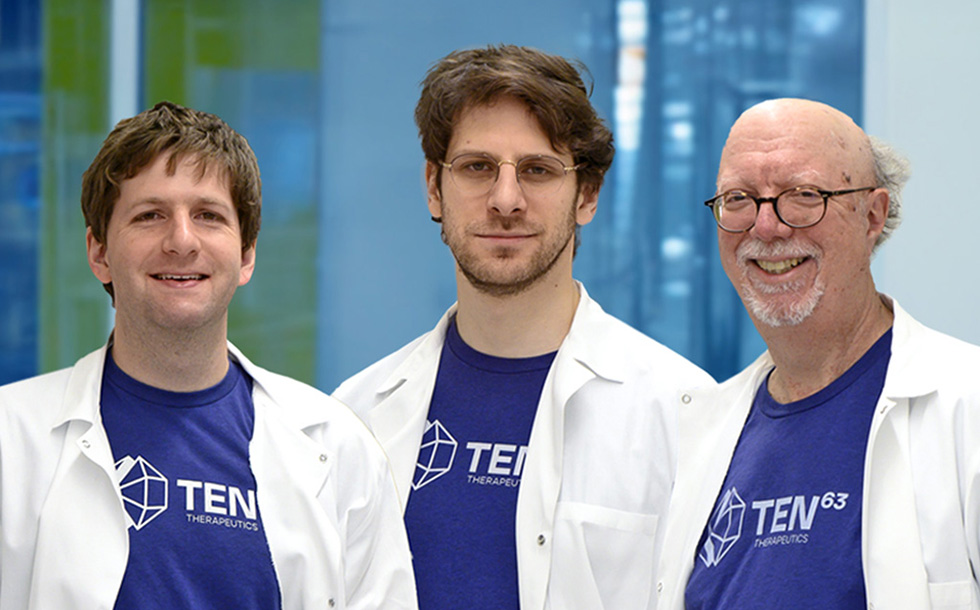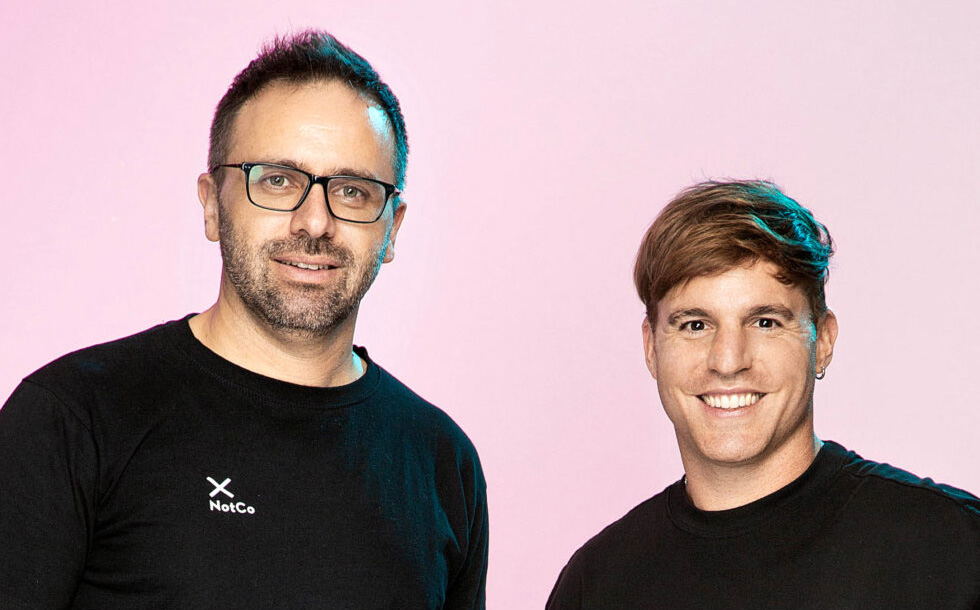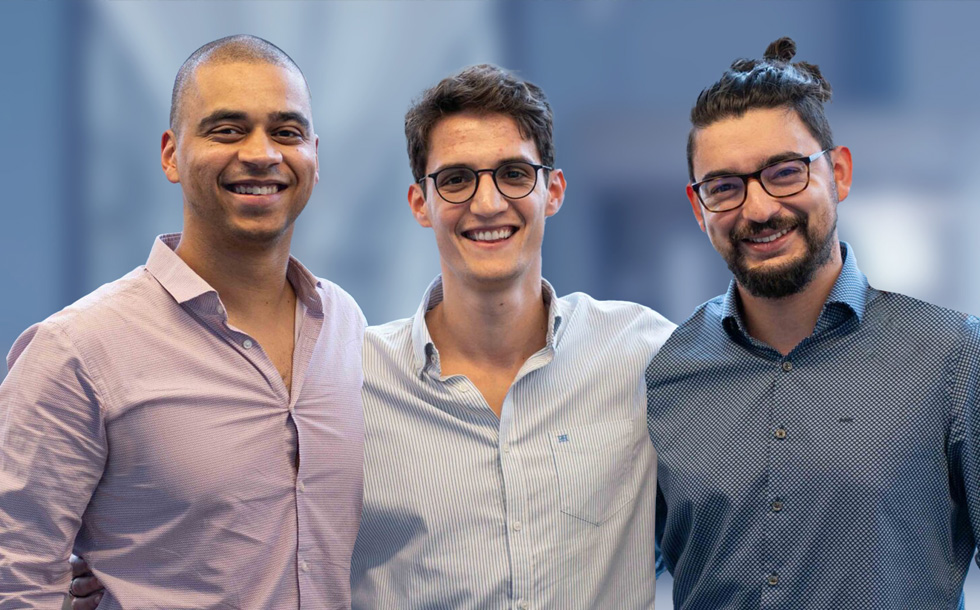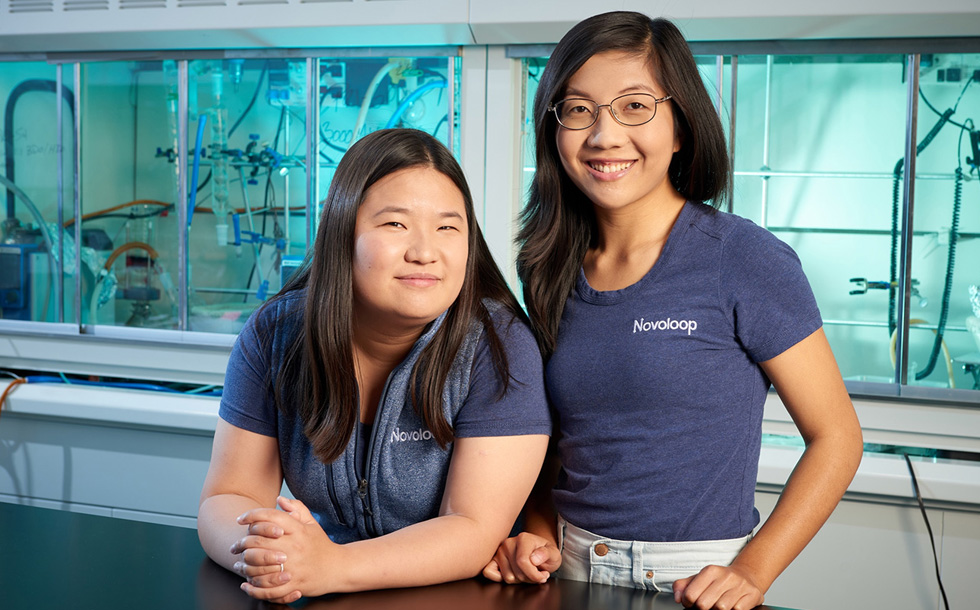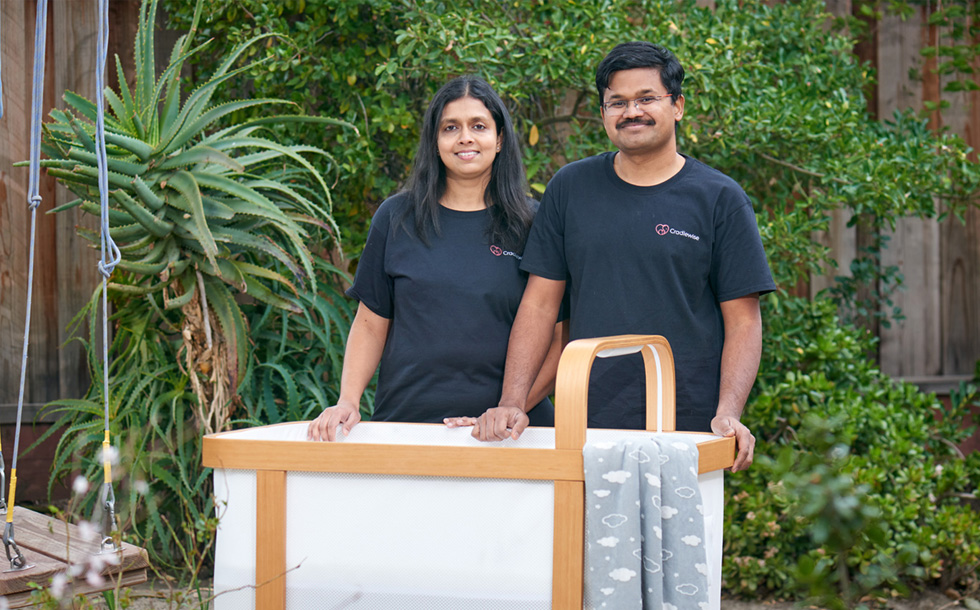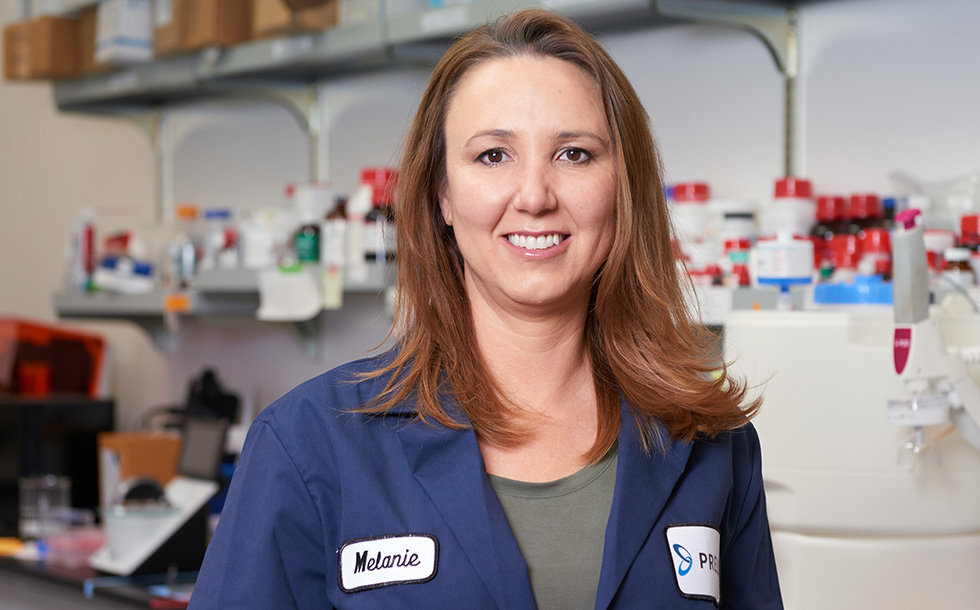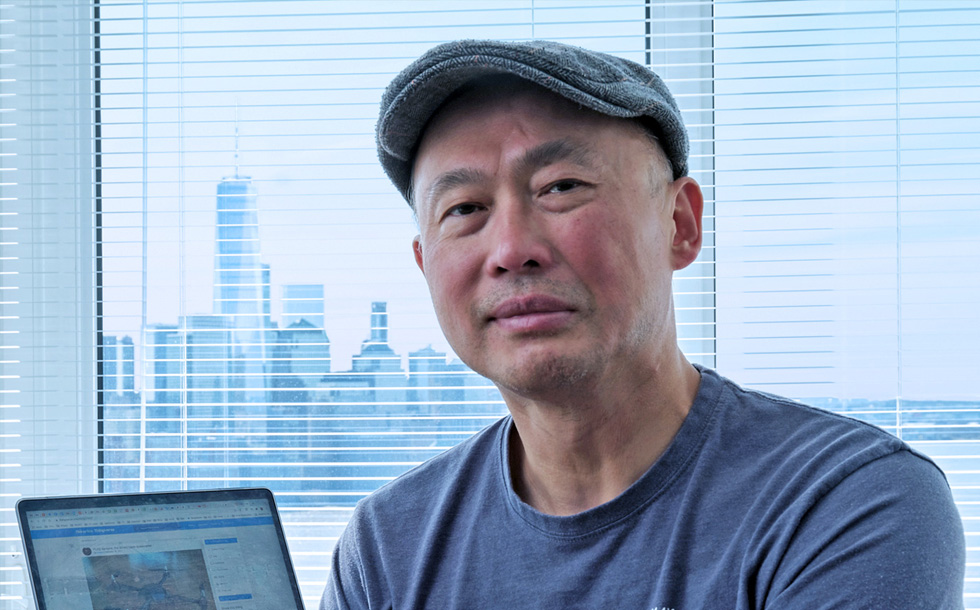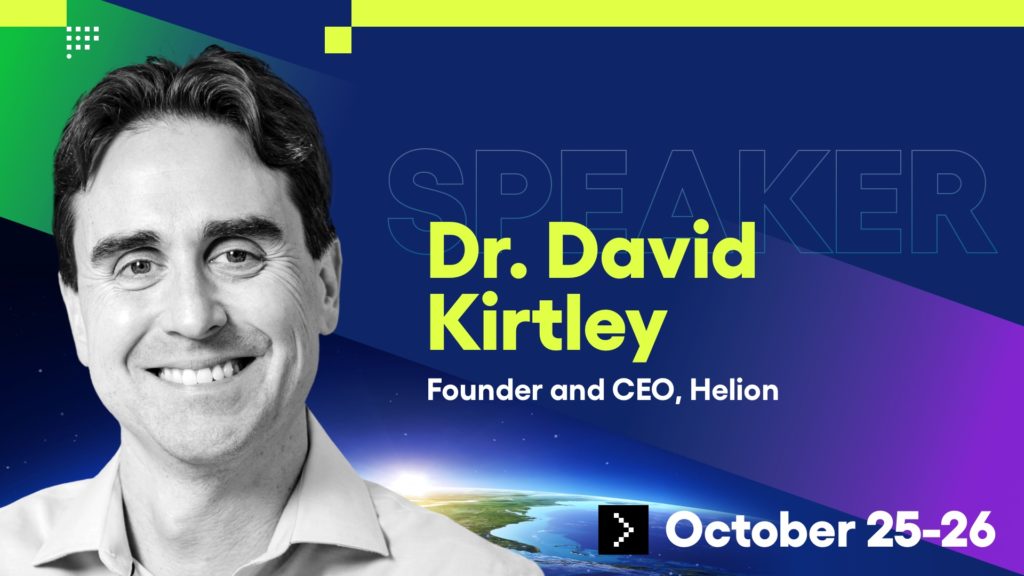
Nuclear fusion, the dynamic that powers the stars, is the “holy grail” of clean energy. If we could replicate and sustain fusion on Earth, humanity would have a cheap, plentiful, fossil-free source of energy forever. Yet since the 1950s, when scientists first started talking about fusion-based power, the joke has been that fusion is 30 years away and always will be. But now that fusion startups have raised $5 billion in venture capital and are projecting commercial fusion plants in operation by the 2030s —the wait may be over.
At the SOSV Climate Tech Summit on October 25-26, Dr. David Kirtley, founder and CEO of Helion Energy, tackled that question and many more in a fireside chat. One of three fusion unicorns, Helion has secured $500 million in funding and is currently building Polaris, which Kirtley believes will be the first ever fusion reactor to generate more electricity than it consumes, which is the idea, of course. Check out the session below.
If Helion can achieve this milestone before its top competitors – Commonwealth Fusion Systems and TAE Technologies – it may win the race to open the first commercial fusion plant. No doubt that’s what Helion’s all-star backers in Silicon Valley, including Sam Altman (Helion’s chairman), Reid Hoffman, and Peter Thiel’s Mithril, expect. Yet at least 30 other startups are vying for that same goal using different fuels and techniques. Which approach to nuclear fusion is best? How and when will we find out?
Dr. Kirtley explored the last barriers to commercial fusion and the stakes of overcoming them. If fusion goes commercial, will it be the climate change panacea everyone hoped for?
Dr. David Kirtley is founder and CEO at Helion, a fusion electricity company. A fellow of the National Science Foundation, NASA, and the Department of Defense, Dr. Kirtley is a leading authority on advanced fuel fusion generators, plasma-based in-space propulsion systems, and space reentry architectures. He has over 100 publications and 60+ patents and has been pursuing fusion systems since the late 1990s.

